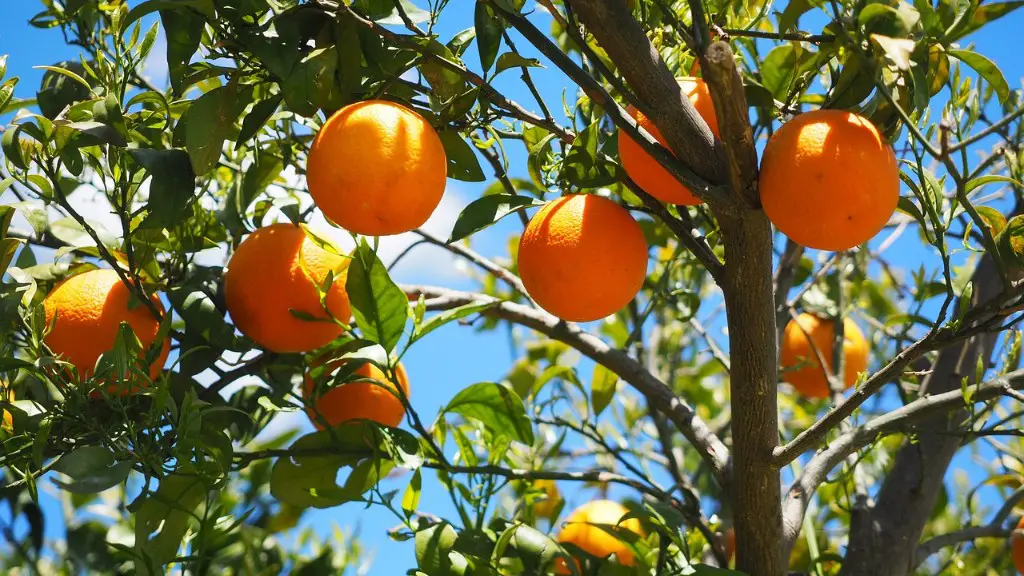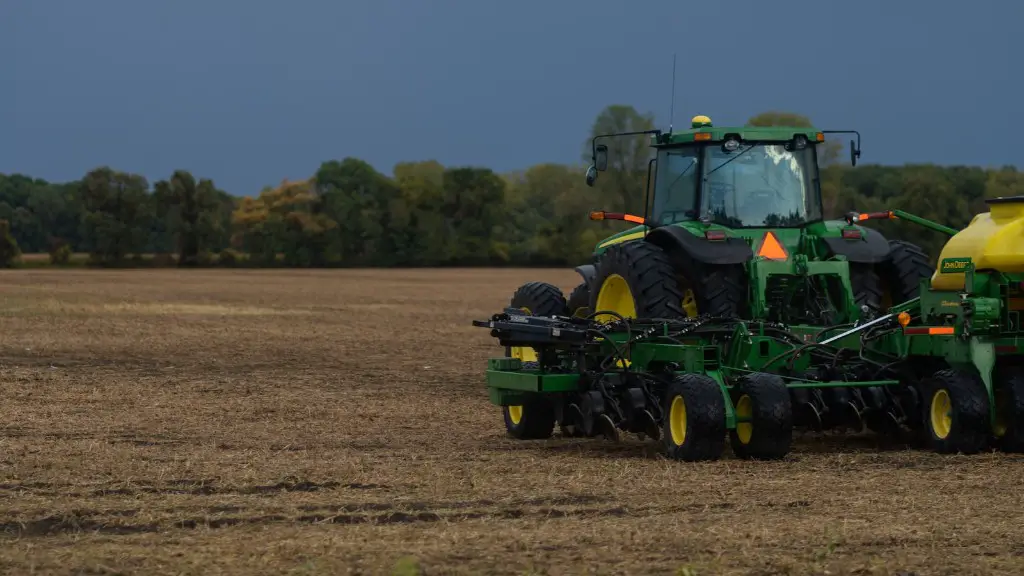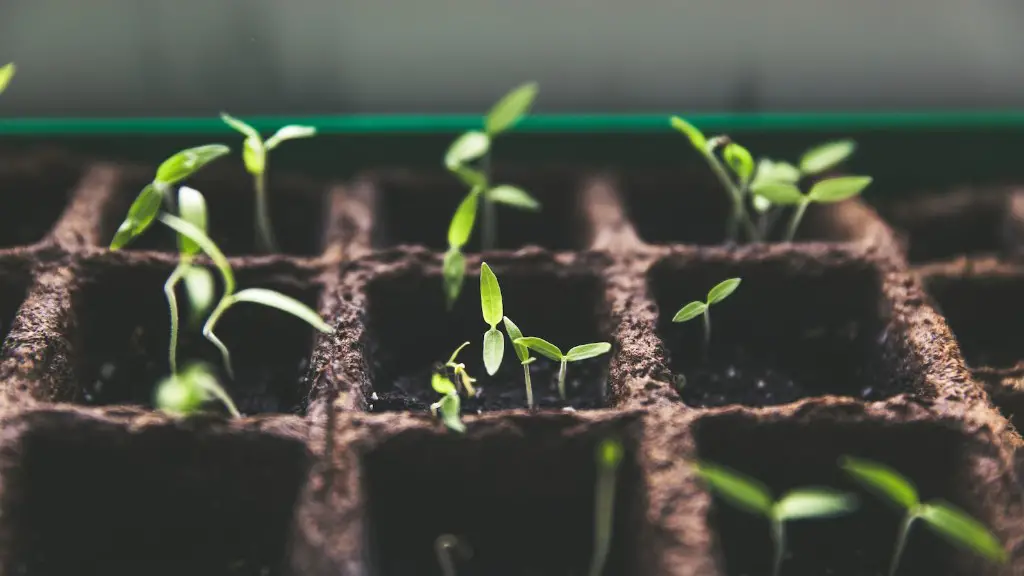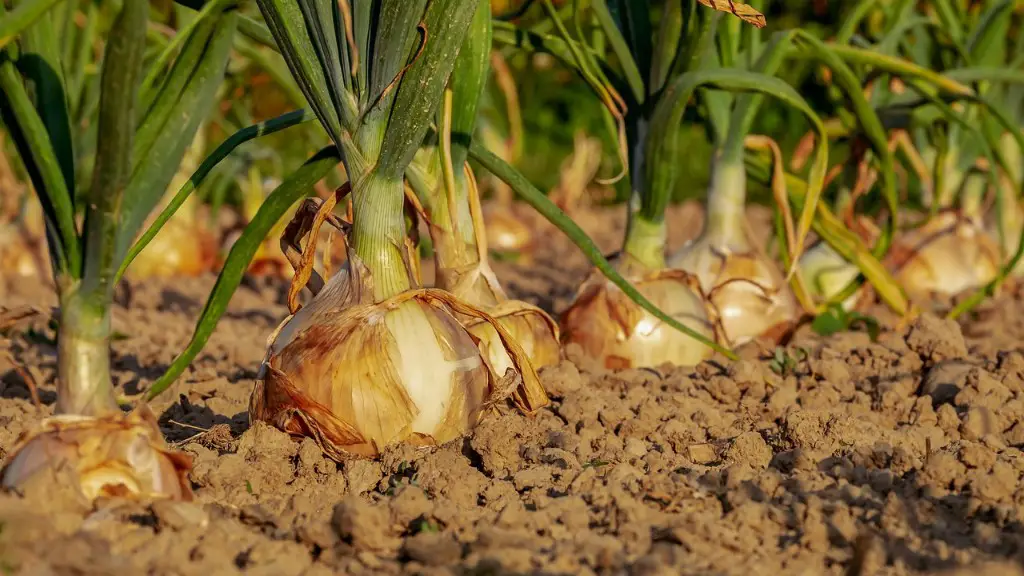Climate change is one of the most pressing global issues of our time. Agriculture is a major contributor to climate change, as it accounts for a significant portion of global greenhouse gas emissions. Agriculture contributes to climate change through activities such as deforestation, land clearing, and livestock production. These activities release greenhouse gases into the atmosphere, which trap heat and cause the Earth’s climate to change.
The good news is that there are many ways to reduce agriculture’s contribution to climate change. For example, farmers can implement more efficient irrigation practices, choose crop varieties that are more resilient to climate change, and use cover crops to reduce soil erosion. By taking these and other steps, agriculture can play a key role in mitigating climate change.
It is estimated that agriculture contributes between 10 and 12 percent of total human-caused greenhouse gas emissions. Agriculture’s contribution to climate change comes from a variety of sources, including methane emissions from livestock and manure, emissions from the burning of agricultural waste, and emissions from the production and use of agricultural chemicals and fertilizers.
Is agriculture a main contributor to climate change?
Agriculture is a significant contributor to anthropogenic global warming, and reducing agricultural emissions—largely methane and nitrous oxide—could play a significant role in climate change mitigation. Agricultural emissions account for approximately 10% of total anthropogenic greenhouse gas emissions globally, and the sector is projected to grow significantly in the coming years.
There are a number of ways to reduce agricultural emissions, including changes in land use and management, improved livestock husbandry, and the use of more efficient agricultural production systems. Reducing agricultural emissions is a complex challenge, but it is essential to mitigating climate change.
Fossil fuels are the largest contributor to global climate change, accounting for over 75% of global greenhouse gas emissions. Greenhouse gas emissions trap the sun’s heat, causing the Earth’s temperature to rise. This leads to a variety of problems, such as more extreme weather, melting ice caps, and rising sea levels. We need to find ways to reduce our reliance on fossil fuels and switch to cleaner forms of energy if we want to avoid the worst effects of climate change.
How does agriculture impact climate change
Climate change is a huge problem that the world is facing, and the agriculture sector is a big contributor to the problem. Agriculture emits greenhouse gases into the atmosphere that contribute to climate change, and it can also be affected by climate change. Crops, livestock, soil, water resources, rural communities, and agricultural workers can all be impacted by climate change. It is important to try to reduce the emissions from agriculture, and to help farmers and others who are impacted by climate change.
It is estimated that agriculture accounts for 70% of all water use, making it the world’s largest water user. However, agriculture is also the world’s biggest polluter, due to the large amount of pesticides and fertilizers used in farming. These chemicals pollute the water, and can have harmful effects on the environment and human health.
What are the 4 major contributors to climate change?
There are a number of ways to reduce greenhouse gas emissions. One way is to use less energy. Another way is to use energy from renewable sources. And finally, we can also improve the efficiency of our energy use.
Factory farming is one of the biggest contributors to greenhouse gas emissions, and as such, is intensifying climate change. Vast volumes of carbon dioxide and methane are released into the atmosphere from factory farms, and these gases are trapping heat and causing the Earth’s temperature to rise. This is leading to more extreme weather conditions and devastating consequences for the environment and human health. We must take action to reduce our reliance on factory farming and move towards more sustainable and environmentally friendly methods of food production.
What are the 3 biggest contributors to climate change?
Burning fossil fuels for energy is the number one cause of global emissions, but many people don’t realize that the food and land use sector is nearly as large a contributor. This is due to things like animal agriculture, which emits a lot of greenhouse gases, and deforestation, which reduces the amount of carbon dioxide that trees can absorb.
The top 10 causes of global warming are:
1. Waste: The amount of waste produced by humans has increased dramatically over the years. This waste contains greenhouse gases that contribute to global warming.
2. Power Plants: Power plants produce large amounts of greenhouse gases that contribute to global warming.
3. Oil Drilling: Oil drilling releases greenhouse gases into the atmosphere, which contributes to global warming.
4. Transport and Vehicles: Cars and other vehicles release greenhouse gases into the atmosphere, which contributes to global warming.
5. Consumerism: The consumption of goods and services contributes to global warming.
6. Farming: Farming activities contribute to global warming.
7. Industrialization: Industrialization is harmful in a variety of ways, including the release of greenhouse gases that contribute to global warming.
8. Overfishing: Overfishing can lead to the depletion of fish populations, which can have a negative impact on the environment.
9. Industrialisation: Industrialisation is harmful in a variety of ways, including the release of greenhouse gases that contribute to global warming.
10. Fish: Fish are a main source of protein for humans and a lot of the world now rely on this industry
Who is the biggest polluter in the world
China is the world’s leading emitter of carbon dioxide, accounting for nearly 31% of global emissions in 2021. The world’s top 5 largest polluters are responsible for approximately 60% of global CO₂ emissions. These five countries are China, the United States, India, Russia, and Japan. While emissions from these countries have been declining in recent years, they continue to be a major contributor to the global climate crisis.
Agricultural greenhouse gas emissions make up a significant portion of total global emissions, and have been increasing in recent years. Agricultural soils and rice production are responsible for a large portion of these emissions, while livestock such as cows also contribute a significant amount. Agricultural emissions are expected to continue to rise in the future, as global demand for food and animal products increases. There are a number of ways to reduce agricultural emissions, including improved management of agricultural soils, and use of more efficient rice production methods. Reducing livestock emissions is also a key strategy, and can be achieved through better management practices, and use of renewable energy and low-emitting livestock breeds.
What are 3 effects of agriculture on the environment?
Large-scale, conventional farming is not sustainable in the long term. It contributes to climate change, pollutes air and water, and depletes soil fertility. We need to find more sustainable ways of farming that don’t have such negative impacts on the environment.
The energy industry is responsible for a large amount of pollution, due to its reliance on coal, oil, and gas. These fossil fuels release harmful emissions when burned, which can negatively impact both the environment and human health. While renewable energy sources are becoming increasingly popular, they still make up a small percentage of the overall energy mix, meaning that the energy industry still produces a large amount of pollution.
What is the most wasteful crop
Bananas are the world’s most wasted crop, but this Uganda company is creating ways for change.
The company, Freshwave, is using innovative methods to reduce food waste and improve the livelihoods of smallholder farmers in Uganda.
Freshwave was founded in 2016 by two social entrepreneurs, Christoph Wittig and Sophia Kabiswa.
The company’s main project is a mobile app that connects smallholder farmers to local markets.
The app makes it easy for farmers to sell their surplus produce, and also provides information on prices, so that farmers can get a fair price for their goods.
Freshwave is also working on a project to reduce food waste in schools in Uganda.
The project provides schoolchildren with lunch boxes that they can return to the commissary, which then sends the food to local markets.
The company has also started a project to compost food waste from restaurants, hotels, and other businesses.
The compost is then used to fertilize farms, which helps to improve the quality of the soil and the yield of the crops.
Freshwave’s goal is to help smallholder farmers in Uganda to improve their livelihoods and to reduce food waste in the country.
The company
Farming led to the development of deep class divisions among humanity. Hunter-gatherers had little to no stored food, and no concentrated food sources, like an orchard or a herd of cows. They were forced to live off the wild plants and animals they obtained each day. This led to a wide gap between the wealthy and the poor.
What are the 5 biggest contributors to climate change?
Electricity generation and heat production are responsible for approximately 28% of the world’s greenhouse gas emissions. The transportation industry is the second biggest contributor, followed by commercial and residential emissions, agriculture, and finally, waste.
Electricity and heat production accounted for 46% of the global increase in emissions in 2021. Coal emissions have grown to 153 gt, with oil generating 107 gt and natural gas creating 75 gt. Over 40% of 2021 carbon emission increase was from coal.
Warp Up
Agriculture is a major contributor to climate change. emissions from agriculture account for about 10 percent of total global greenhouse gas emissions.
The agriculture sector is a major contributor to anthropogenic greenhouse gas emissions. In 2005, it was estimated that the sector contributed to approximately 10% of global greenhouse gas emissions, with different activities within the sector emitting a range of greenhouse gases, including carbon dioxide, methane, nitrous oxide, and fluorinated gases. Agriculture also plays a role in climate change through land-use change, for example through deforestation for cropland expansion. The sector is also vulnerable to the impacts of climate change, which can reduce productivity and disrupt agricultural systems.





